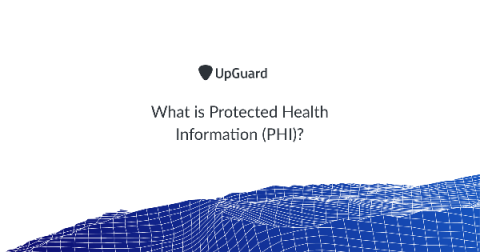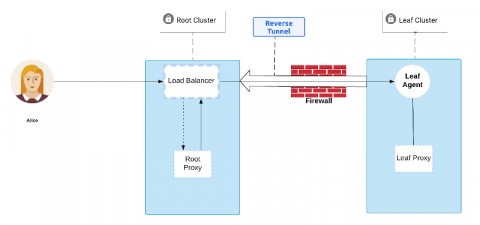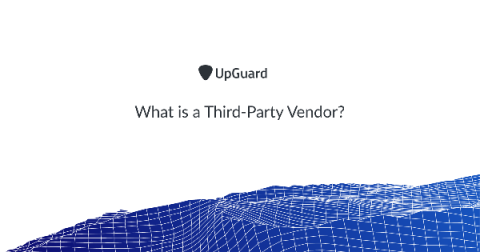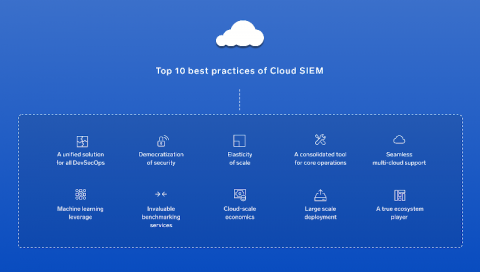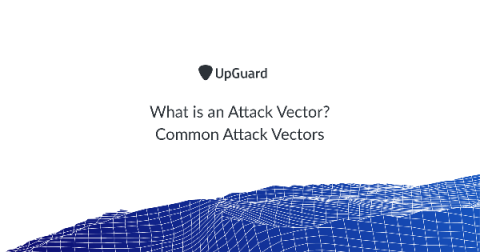Moving to the Cloud to Save Money? Think Again...
When I meet with customers, I always ask about their primary objective in moving to the cloud. The majority of these customers have the same response: “to save money.” I can’t blame customers for taking this position. Google “cloud deployment” and the headers are dominated by positive articles that offer up anecdotal evidence of how the cloud can save customers money.




